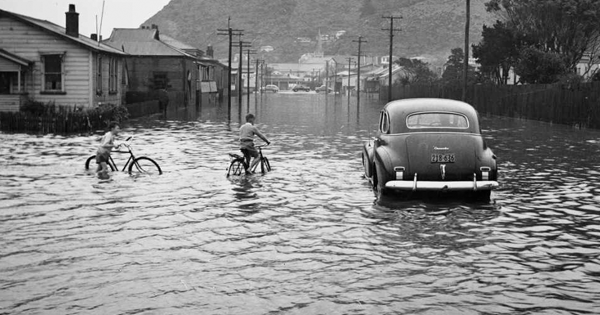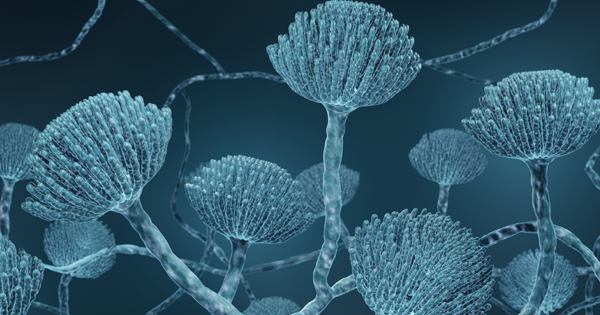
Drying your whānau collections — checklist
A short checklist to help you safely dry water-damaged belongings such as photographs, books, artworks and music collections after a flood.
Download a PDF of the checklist
This is a web version of Drying your whānau collections checklist.
You can also download the Drying your whānau collections checklist (pdf, 90KB)
Kia tūpato, kia haumaru | Be careful, be safe
Contamination and mould are the biggest risks to us and our collections.
ALWAYS personal health and safety first — Mask up, glove up
Find a cool and dry space to air-dry your collection. This will reduce the risk of mould. If no space is available your collections can be bagged and frozen.
Remember to take photographs for insurance purposes.
Materials and equipment
masks (P2)
gloves
waterproof clothing
tables
paper towels or newsprint paper or blotter
boxes and containers to carry items
plastic bags
roll of clingfilm
marker pens and tape
clean running water
freezer domestic or commerical
tape
Nice to have – fans, dehumidifiers
Rinsing and air-drying
Fans and dehumidifiers will speed up the drying and reduce the risk of mould
Take care not to touch the surface of the photo.
Gently rinse muddy or silt-covered photographs in tap water.
Use a piece of card or paper to slip under photos and papers to move them – water and silt will have weakened them.
Do not try to separate photographs or papers that are stuck together – these can be frozen.
Do not try to remove photos or papers stuck to glass in their frames – these can be frozen.
Air-dry papers and photographs face up on a table lined with paper.
Air-dry papers and photographs can be air-dried by rigging up a clothesline.
Paper and photographs can curl up when drying out – don’t worry this can be dealt with later.
Books that can be stood up can be fanned out on a table to dry.
Air-dry ONLY for cassette tapes and VHS tapes.
Freezing
Freezing buys time to deal with things in smaller groups later. Label the packages you freeze.
Paper, books, and photographs including framed photo portraits can be wrapped and frozen
Place small groups of papers, photographs, and books in plastic bags
Need help or advice?
Get in touch if you need advice or help with drying your whānau collections. The National Preservation Office at the National Library provides professional advice and assistance in caring for heritage items.
Mobile — 027 560 8601
Email — preservation@dia.govt.nz
Related content

Collection salvage guidelines
Guidelines. including do's and don'ts. to help you dry water-damaged belongings organised by format, for example, works of art on paper, manuscripts, newspapers, sound recordings, oversize items and photographs.
Dealing with mould after a flood — checklist
Mould can quickly appear on whānau collections after a flood. This factsheet will help you understand mould, take action if you find mould on water-damaged whānau collection including steps to clean damaged items safely.Feature image a top of page: PxHere. CC0 Public Domain.